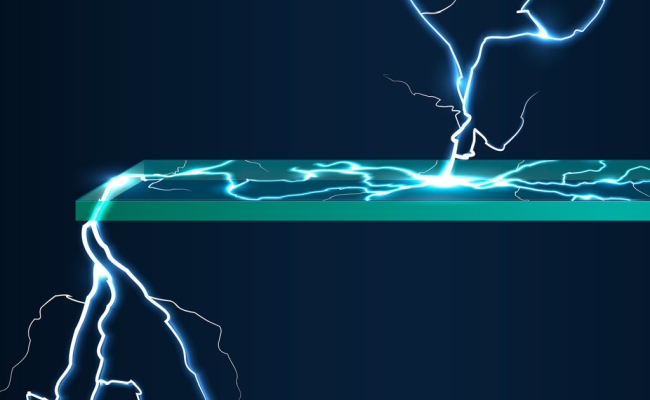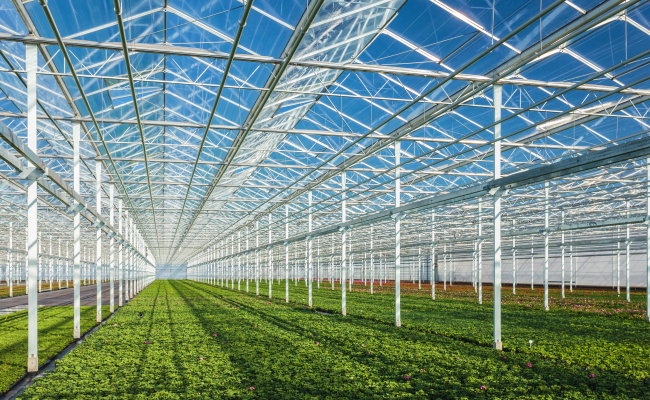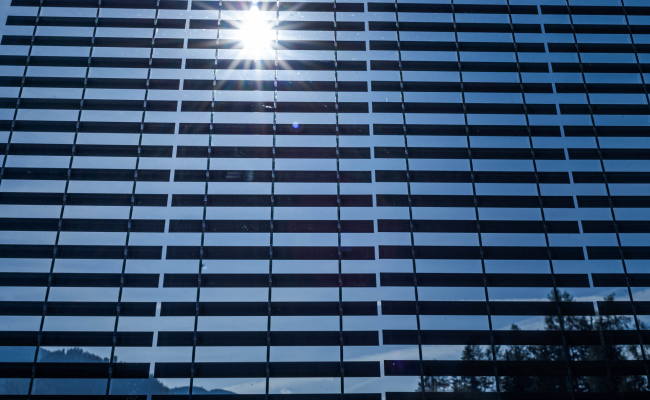Architectural and Technical Glass
Browse by Glass Application
Browse by Product Specific Application
Browse by Brand Name
A
Pilkington Activ™ Blue
Pilkington Activ™ Clear
Pilkington Activ™ Range
Pilkington Activ Suncool™
Pilkington Activ SunShade™
Pilkington Anti-Condensation Glass
Pilkington Arctic Blue™
Pilkington AviSafe™
D
E
Pilkington Eclipse Advantage™
Pilkington Eclipse™ Gold and Sunset Gold
Pilkington Eclipse™ Silver
Pilkington Enamelled Glass
Pilkington Endurance™
Pilkington Energy Advantage™
Pilkington EverGreen™
G
H
I
K
M
Pilkington Microwhite™
Pilkington Mirai™
Pilkington Mirropane™
Pilkington Mirropane™ Chrome
Pilkington MirroView™
N
O
Pilkington OptAR™ and Pilkington OptAR™ Plus
Pilkington Optifloat™ Clear
Pilkington Optifloat™ Opal
Pilkington Optifloat™ Tint
Pilkington Optilam™
Pilkington Optilam™ I Colour
Pilkington Optilam™ I Translucent White
Pilkington Optimirror™
Pilkington Optiphon™
Pilkington OptiShower™
Pilkington Optitherm™ Range
Pilkington Optitherm™ S1A
Pilkington Optitherm™ S3
Pilkington OptiView™
Pilkington OptiView™ Protect
Pilkington OptiView™ Protect OW
Pilkington OptiView™ Range
Pilkington OptiView™ Ultra
Pilkington Optiwhite™
Pilkington Optiwhite™ for Solar Applications
Pilkington Oriel Collection
P
Pilkington Profilit™
Pilkington Pyroclear®
Pilkington Pyrodur®
Pilkington Pyrostop®
Pilkington Pyrostop® Line
R
S
Pilkington SaniTise™
Pilkington Screen Printed Glass
Pilkington Solar-E™ and Pilkington Solar-E™ Plus
Pilkington Spacia™
Pilkington Spandrel Glass
Pilkington Spandrel Glass Coated
Pilkington Spandrel Glass Enamelled
Pilkington Spandrel Glass Silicone
Pilkington Suncool™
Pilkington Suncool™ OW
Pilkington Suncool™ Pro T
Pilkington Suncool™ Q
Pilkington Suncool™ Range
Pilkington Sunplus™ BIPV
Pilkington SunShade™ Silver
Pilkington SuperGrey™
Pilkington Superwhite™
T
Browse by Glass Application
Browse by Glass Application
Browse by Glass Application
Browse by Glass Application
Automotive Glass Products at Pilkington
What Our Glass Can Do
Environment
Our glass helps reduce emissions and improve energy efficiency. Solar control and low-emissivity coatings reduce heat load, while lightweight laminates and heating systems support fuel savings and electric vehicle range.
Safety and Security
Safety is evolving from damage reduction to accident prevention with advanced driver assistance systems (ADAS). Our windshields integrate cameras and sensors to support safer, smarter, and more autonomous vehicles.
Connectivity
Automotive glass supports advanced displays and connectivity. We provide precise HUD windshields, lead in augmented reality (AR) development, and integrate antenna systems for a seamless user experience.
Comfort and Convenience
Solar control coatings and other features help our glass enhance comfort by maintaining a quiet, temperature-controlled cabin while adding convenience for a superior driving experience.
Style
We shape glass to meet bold styling and design goals through advanced shaping technologies. Complex curves and clean finishes support modern aesthetics while maintaining precision for integrated technology.






























